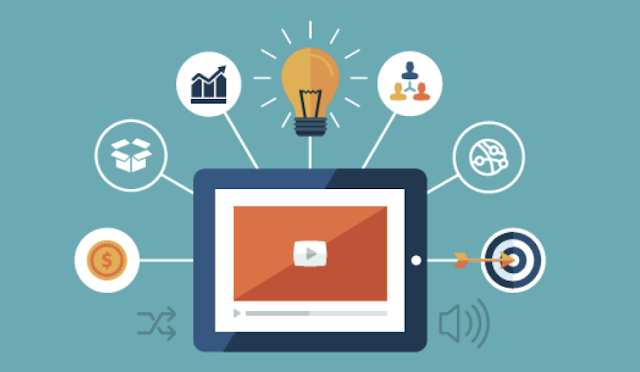With the widespread availability of internet technologies and devices, it has never been easier for people to start a business with the drop of a hat. In fact, the majority of new businesses created (especially after the onset of COVID-19) have been online-based enterprises.
However, just because it's easier to start a business nowadays doesn't exactly translate into increased success. With increasing competition and rapidly changing technologies and protocols, successful businesses need to be constantly on their toes in order to stay ahead of the curve and survive.
Fortunately, we have identified 10 tips on how you can run your online business in 2020 with the collaboration of GetResponse and Silicon Valley Girl.
1. Go Fully RemoteNow is perfect time to go fully remote and scale your business by a potentially unlimited factor.
Harness amazing and free applications like Google and Bing search; blog tools like Blogger/Wordpress; social Media sites like Facebook, Twitter, Instagram, YouTube and Webtalk; mail apps like Gmail or Proton Mail; communication and video apps like Zoom and ClickMeeting; and productivity apps like Slack and Asana to get your business organized and fully digital.
2. Simplify
No longer are entrepreneurs obligated to have a fully equipped team of marketers, salesman and developers looking after their online operations.
Instead, they can do everything solo by using the power of technology and access professionally designed and ready-made templates and customizable landing pages to design their websites and campaigns. GetResponse is a great example of companies that provide such templates and development support.
3. Know Your Audience
In order to succeed as a business, you will need to precisely know the characteristics of your target audience - including knowing things like their demographics, location and the best time to contact them. Here, having a powerful analytics tool(s) will help you to significantly improve your targeting and sales funneling activities.
4. Personalize and Give Them Personality
Related to tip 3, after you carefully identify who your audience is, it's time to personalize messages tailored for them.
This is achieved by setting up automated messages, auto-responders and chatbots all of which are increasingly becoming more common in today's digital marketing.
5. Go Visual
As many of us are now well aware, visual cues generate the most response from any other form of output for marketing.
Whether it be live videos, webinars, recorded video, photos, infographics and GIFs the options are massive and so is the potential to better engage with your audiences.
6. Guide Customers to You
Depending on the needs of your business, chances are you will need some sort of funnel to achieve your goals.
If you are looking to increase leads, look for lead funnels. If you want to grow sales, choose sales funnels. And if you are seeking to build your online expertise through video, consider webinar funnels.
7. Connect with Webinars
Webinars and live streams are increasingly becoming a popular method to spread your brand's message through the powerful medium of video.
There exist many different goals of webinars including monetization, upselling and cross-selling and as a powerful tool for content marketing.
8. Integrate with Ease
Instead of having to sort through and juggle between dozens of apps and software, it's suggested to integrate all your favourite apps under roof to improve the sharing of information, access data faster and serve as a one-stop hub for all your important applications.
GetResponse has a wide range of available integrations with other major applications like Google Analytics, PayPal, Hubspot, Slack, Asana, Zapier, Zendesk and more.
9. Experiment and Evolve
Testing and trialing are key activities in carrying out your marketing activities. It's imperative to know what's working and what's not and which of your campaigns are getting the best type of response and engagement.
A/B testing is especially important for social media marketing and email marketing as it helps your business to find out what the best ways are for attracting your audience and converting leads into sales.
10. Let Your Business Thrive Online
By combining all the tips mentioned above together, you will get a flexible, online-ready business that will be swift to respond to customers and market dynamics.
In the next post, we'll be looking specifically into the power of video marketing and how it's changing the digital marketing landscape and forcing many companies to 'go video.' Till then, stay tuned!
Cheers,
Red





